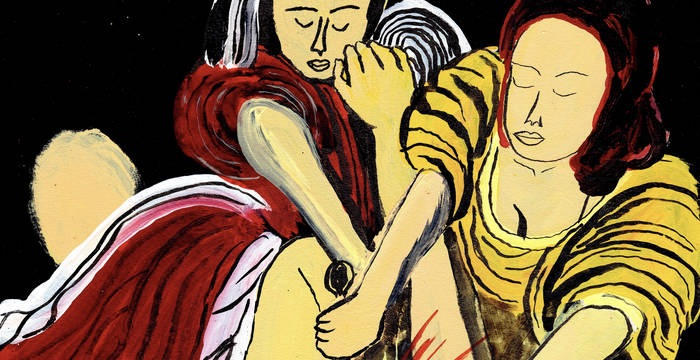
Thursday, January 11th at 11:00 PM the first part of Radio Art: Cassette Culture in the Re:light programme.
Radio Art: Cassette Culture will be a series of radio broadcasts in which we will pay attention to music cassette releases. And now of course you immediately ask the question. The music cassette. Isn’t that something from the past? That is an audio carrier that does not meet the requirements of our contemporary digitized music consumption. Why pay attention to that?
However, the music cassette has never disappeared as a sound carrier. Even after the major marketing of the CD, the cassette has always remained a widely used sound carrier in addition to the LP. In our Western world, in the rich countries, the CD has become the standard in recent decades. The LP remained popular with audiophiles. However, it turned out not to be easy to carry or send. In addition, the CD, like an LP, did not always appear to be sustainable. Damage could also lead to unpleasant listening experiences there. The cassette, on the other hand, was an accessible medium that was cheap to produce and sell. And even after long-term use, it turned out to be durable.
In extremely hot countries, on markets, it was the music cassette, which was wonderfully resistant to weather influences, and was of a size that could easily be carried in a jacket pocket or handbag. The fact that sound quality left something to be desired was not an issue for the everyday listener. And for the super-fast distribution of fresh music, just recorded, the ultimate form of sharing the music experience. Being able to record that yourself was the ultimate power in the early days. It was the birth of the DIY (do it yourself) generation. It was the first access to being able to produce and reproduce music yourself. In the seventies, but especially the eighties of the last century, the music cassette became extremely popular, so popular that the music industry saw it as the great danger. We all know the slogan: home taping is killing music. Fortunately, we now know that the music cassette has contributed to an explosion of new music, unheard music, music that would otherwise never have passed the industrial mark.
Meanwhile, we live in 2024. And it is not only the quality of records and CDs that has improved. The music cassette also has a different signal-to-noise ratio. The dynamics have been greatly improved. The case can look flashy. All in all, a fine product, with a special music experience. But then! The cassette deck. Yeah, who still has one? There is a lively second-hand trade. Handymen refurbish the old appliances. All because very little new is produced, and if they are for sale new you pay a hefty price. A strange phenomenon occurs. Nowadays, enthusiasts mainly see the music cassette as a collector’s item. A curiosity. And the included download code is used for digital listening pleasure.
The music cassette is therefore increasingly produced and sold alongside an LP and/or CD version. For example, in the Netherlands, De Bandjesfabriek works overtime. https://www.debandjesfabriek.nl
That is why we are starting a series of radio programmes in which the cassette is our sound source. To keep it pure, we play the original cassettes, not the downloads. which gives the listener has the most natural experience. To make it exciting, we are going to present both newly released cassettes and old copies to you. And of course we are going to seek adventure in the world of the makers of the music cassette. The musicians, the composers, who publish it themselves. Small scale.
Click here for the first episode of Radio Art: Cassette Culture.








